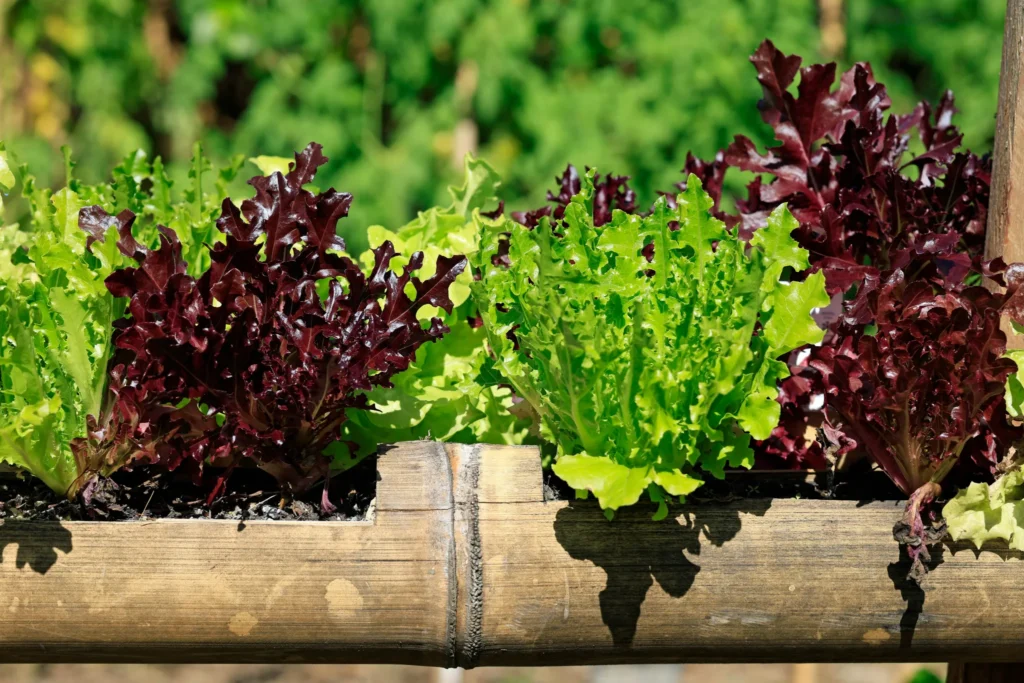
From Farm to Fork: Examining the Environmental Footprint of the keto diet
Introduction
The ketogenic diet, or keto diet, has gained popularity in recent years for its potential health benefits, including weight loss and improved energy levels. However, as with any diet, it is important to consider not just the impact on our bodies, but also on the environment. In this article, we will explore the environmental footprint of the keto diet, from the production of the food we eat to its consumption, and consider how we can make more sustainable choices when following a keto lifestyle.
The Environmental Impact of Food Production
One of the key factors in determining the environmental footprint of a diet is the production of the food we eat. The keto diet is high in animal products, such as meat, dairy, and eggs, which can have a significant impact on the environment. Animal agriculture is a major contributor to greenhouse gas emissions, deforestation, and water pollution. Livestock farming also requires large amounts of land, water, and feed, which can put pressure on natural resources and contribute to habitat destruction.
In addition to the environmental impact of animal agriculture, the production of plant-based foods can also have a significant impact on the environment. For example, the production of almonds, a popular keto-friendly snack, requires large amounts of water, which can put strain on water resources in drought-prone regions. Similarly, the production of avocados, another staple of the keto diet, can contribute to deforestation and habitat loss in countries where they are grown.
Transportation and Packaging
Another factor to consider when examining the environmental footprint of the keto diet is the transportation and packaging of food. Many keto-friendly foods, such as grass-fed beef and wild-caught fish, may need to be transported long distances to reach consumers, which can contribute to greenhouse gas emissions and air pollution. Additionally, the packaging of these foods, such as plastic containers and wrappers, can contribute to plastic pollution and waste.
Sustainable Choices for a keto diet
While the keto diet may have a higher environmental impact than some other diets, there are steps that can be taken to make more sustainable choices when following a keto lifestyle. Here are some tips for reducing the environmental footprint of the keto diet:
1. Choose locally-sourced and organic foods whenever possible. By buying food that is grown or produced locally, you can reduce the carbon footprint of your diet and support local farmers and businesses.
2. Opt for plant-based keto foods, such as tofu, tempeh, and nuts, which have a lower environmental impact than animal products.
3. Reduce food waste by planning meals and using leftovers creatively. Food waste is a major contributor to greenhouse gas emissions, so by using up all of the food you buy, you can reduce your environmental impact.
4. Choose sustainable seafood options, such as wild-caught fish or seafood that is certified by organizations like the Marine Stewardship Council.
5. Avoid single-use plastics by choosing unpackaged or minimally packaged foods, and using reusable containers and bags for storing and transporting food.
FAQs
Q: Is the keto diet better for the environment than other diets?
A: The environmental impact of a diet depends on a variety of factors, including the types of foods consumed, how they are produced, and how they are transported. While the keto diet may have a higher environmental impact than some other diets, there are ways to make more sustainable choices when following a keto lifestyle.
Q: Are there any eco-friendly keto products available?
A: There are a growing number of eco-friendly keto products available, such as plant-based meat alternatives, organic and locally-sourced produce, and sustainable seafood options. By choosing these products, you can reduce the environmental impact of your keto diet.
Q: How can I reduce my carbon footprint while following a keto diet?
A: To reduce your carbon footprint while following a keto diet, consider choosing plant-based keto foods, buying locally-sourced and organic products, reducing food waste, choosing sustainable seafood options, and avoiding single-use plastics.
Conclusion
The keto diet can have a significant environmental footprint, due to the production, transportation, and packaging of the foods consumed. However, by making more sustainable choices when following a keto lifestyle, such as choosing locally-sourced and organic foods, reducing food waste, and avoiding single-use plastics, we can help reduce the environmental impact of the diet. It is important to consider not just the impact on our bodies, but also on the planet, when making dietary choices. By making conscious decisions about the foods we eat, we can help create a more sustainable future for ourselves and for future generations.

